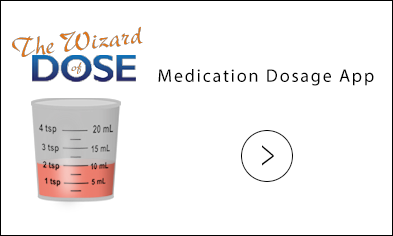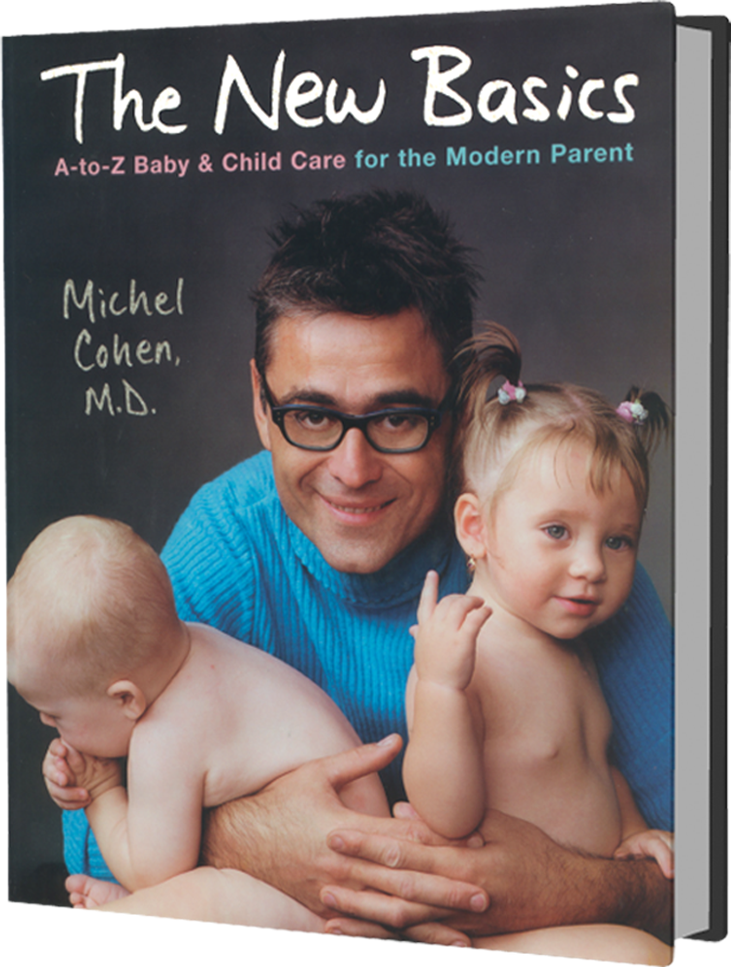
Lead poisoning
Lead toxicity is primarily of concern in young kids because it can affect brain development. As soon as they start crawling around, infants and toddlers are especially at risk of eating lead in the form of paint chips, which are small and colorful, or of licking windowsills. If you’re an aficionado of This Old House, lead poisoning should be in the back of your mind, especially if your own home predates the late seventies, the period when lead was banned from paint. Other sources of lead, such as exhaust emissions, water pipes, and contaminated soil are much less responsible for lead toxicity. Lead toxicity usually produces no immediate symptoms, but it can later cause impairments ranging from learning disabilities to behavioral problems and even brain damage, depending on the severity of the ingestion.
In most states, children’s lead levels are tested at least once at the year mark and possibly more, depending on the number of old houses in the area. If there’s an additional suspicion of lead ingestion, testing is done accordingly.
Lead levels up to five are normal. A slightly elevated number (approaching twenty) would require you to attempt to identify and remove the lead sources in the environment and retest the blood three months later. For lead levels of forty-five or above, treatment is given as an oral medication or intravenously for severe poisoning.




 MEDICATION DOSAGE
MEDICATION DOSAGE

